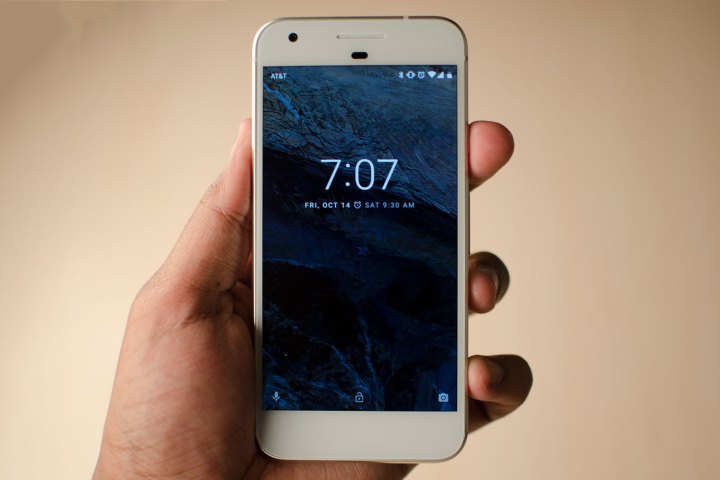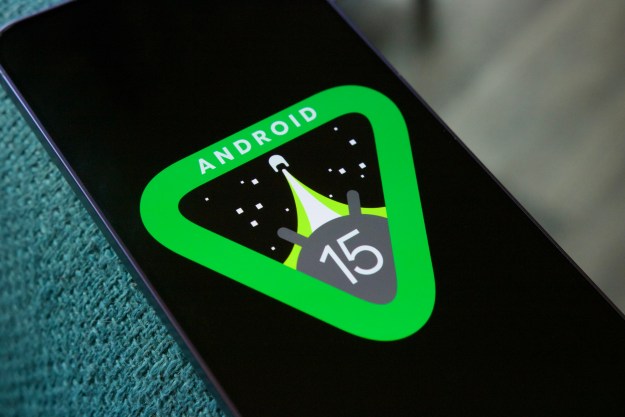
According to Fast Company, the lawsuit is rooted in flaws with the microphone that the suit claims were present from the date of sale — and that Google knew the phones were defective before they were shipped. Google admitted that the fault existed in March 2017, but hasn’t mentioned anything about the issue being present at the date of sale, and has stuck to honoring standard warranty claims.
According to Fast Company’s article, which cites a Google employee on support forums, the fault can be traced back to a hairline crack on the solder connection on the audio codec. This sort of issue is especially frustrating to consumers, since different temperatures and the phone’s orientation make the problem intermittent: It works some times and shorts out at others. Fast Company considers this the reason many Pixel owners did not report the fault until after the phone fell out of warranty.
The company pursuing the lawsuit, Girard Gibbs LLC, is already involved in a similar lawsuit against Google involving the Pixel 2 range. The Pixel 2, despite being an otherwise fine phone, was beset by screen issues in its XL variant, with many users reporting significant screen burn-in. Google’s response to the issue was fast, with the giant attempting to downplay the impact of the burn and extending the warranty to two years, but it’s clear from the consumer response that users don’t feel that was enough.
Google may want to sort out this issue as fast as possible too, as Girard Gibbs LLC recently settled the long-running LG “bootloop” lawsuit, so it’s clear that mobile giant-slaying is a part of the law firm’s repertoire.
Editors' Recommendations
- The first Google Pixel 9 Pro hands-on photos are here
- Something strange might happen to the Google Pixel Fold 2
- The 6 biggest announcements we expect from Google I/O 2024
- Here’s every color that will be available for the Google Pixel 8a
- 5 phones you should buy instead of the Google Pixel 8

